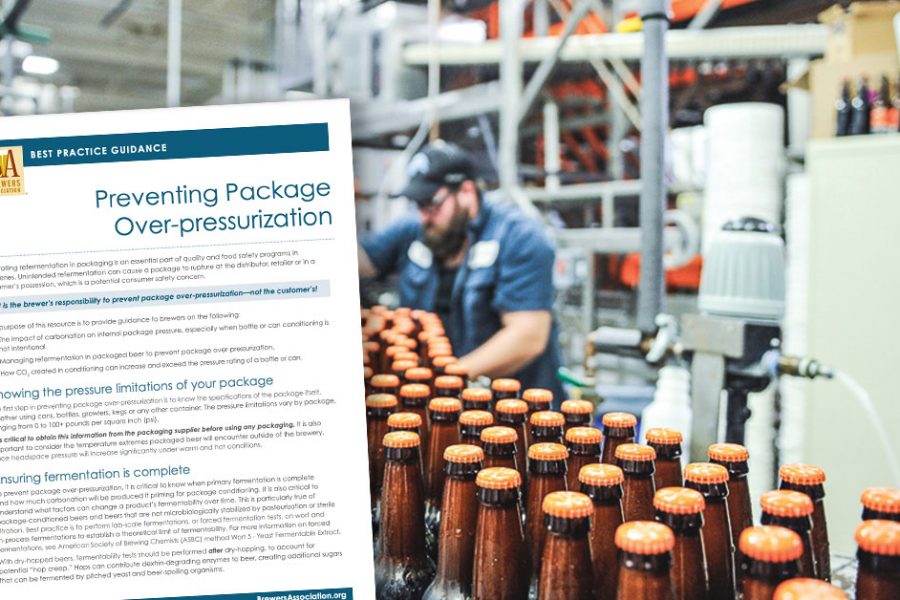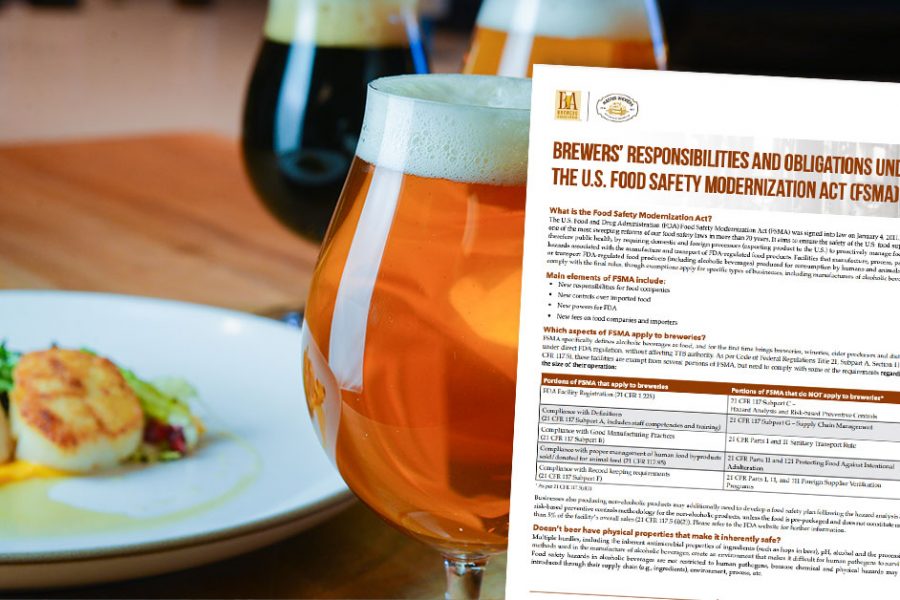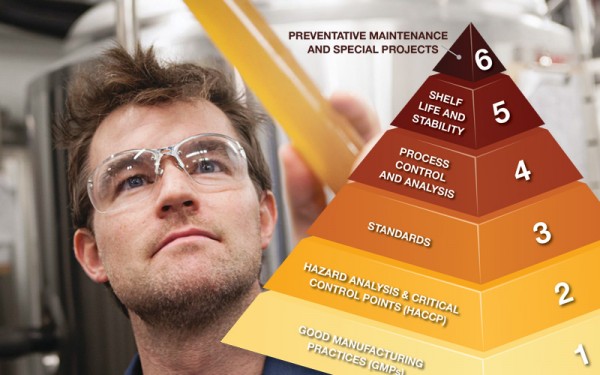
Non-Alcohol Beer: A Review and Key Considerations
This document provides a brief overview of the different key considerations brewers must address when producing non-alcohol beer. Read More
You are using an outdated browser not supported by The Brewers Association.
Please consider upgrading!
For many years, breweries have leaned on the assertion that there are no known pathogens (bacteria, viruses or other microorganisms that can cause disease) that can survive in beer. While many studies have shown beer to be an inhospitable environment for many microorganisms, it is important to understand that potential food safety hazards are not limited to pathogens. Potential threats include chemical and physical hazards which could harm a consumer. It is the responsibility of the brewer to ensure that they have taken all necessary measures to identify and prevent all potential hazards.

This document provides a brief overview of the different key considerations brewers must address when producing non-alcohol beer. Read More

It is the brewer's responsibility to prevent package over-pressurization. This resource guides brewers on how manage this potential consumer safety concern. Read More

The Brewers Association Food Safety Modernization Act FAQs outlines brewers’ responsibilities and obligations under the U.S. Food Safety Modernization Act.Read More

The Quality Priority Pyramid provides brewers a visual representation of essential features and the general, prioritized order in which they should be put into practice to develop a solid quality program.Read More

These easy to understand and execute standards allow companies to operate in confidence that their facility is acting in good faith to satisfy requirements from any regulatory body that may come and inspect the facility.Read More